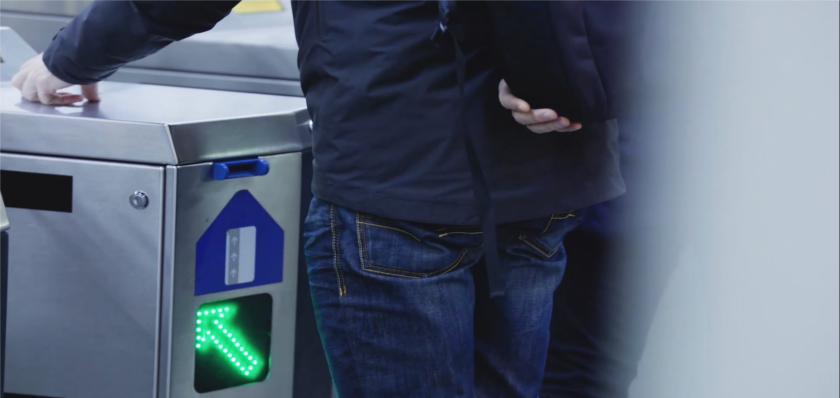The past months have been a challenging time for public transport due to Covid-19. Many transit workers lost their lives, ridership plummeted to record levels, and revenues from fare collection dropped massively.
Fare evasion might be one a small problem for transit at the moment, but is it one to be completely ignored? Our findings indicate not.
Financial losses caused by fare infraction around the world amount to billions of euros each year. In New York fare evasion costs the MTA about $250 million per year, London’s TfL loses around £100 million per year, and France suffers losses of approx. €500 million per year due to fare evasions.
‘If you don’t take precautionary steps to prevent fare evasion, it increases’ says Xavier Arrufat, CEO of Awaait Artificial Intelligence.
AWAAIT has automatic fare evasion detection systems in operation in five cities in different countries, in Europe and the Americas. Currently the systems cover 21 metro and commuter train stations. What follows are some initial takeaways from an ongoing study.
Measurements from the past weeks from Awaait’s systems reveal that fare evasion rates increased at the stations where the systems operate. The most moderate impact occurred at three stations showing a 50% increase compared to pre-pandemic values.
At the rest of the stations on Awaait’s network, fare evasion rates doubled and, in some cases, even tripled. There is only one outlier: fare infractions decreased by 30% at a station where police forces were deployed to manage the Covid-19 outbreak.
As a side observation, Awaait sees that the usage of face masks, progressively mandatory in mass public transit, is remarkably lower among fare evaders: 14-26 % less than paying passengers, who have rapidly adopted the new rules: more than 90% of passengers wear a mask at the stations covered by this study.
Update 31 July 2020: increased fare evasion rates are also reported at Stockholm’s commuter trains. In June 2020, 82.900 passengers jumped turnstiles, 70% more than the same period last year (when SL recorded 48.800 turnstile jumps).
Lack of inspections causes more fare infractions
Ticket inspections were paused in April, March, and June in many public transport networks globally to reduce the risk of spreading the infection.
Traditional mass ticket controls are risky because ticket inspectors have to interact with large numbers of passengers, and possibly making social distancing hard to implement if groups or queues form.
Update 31 July 2020: since June, ticket inspections in some transit networks are resumed, as is the case in Stockholm and Toronto.
The increase in fare infractions is alarming because public transit depends heavily on ticket revenue to sustain operations. At the same time, a rise in infractions leads to a decrease in safety and security, as mentions Kristoffer Tamsons, traffic councillor in Stockholm and chairman of SL: “Ticket controls are an important part of SL traffic. Without ticket controls, the backbone of the financial sustainability as well as safety disappears.”



